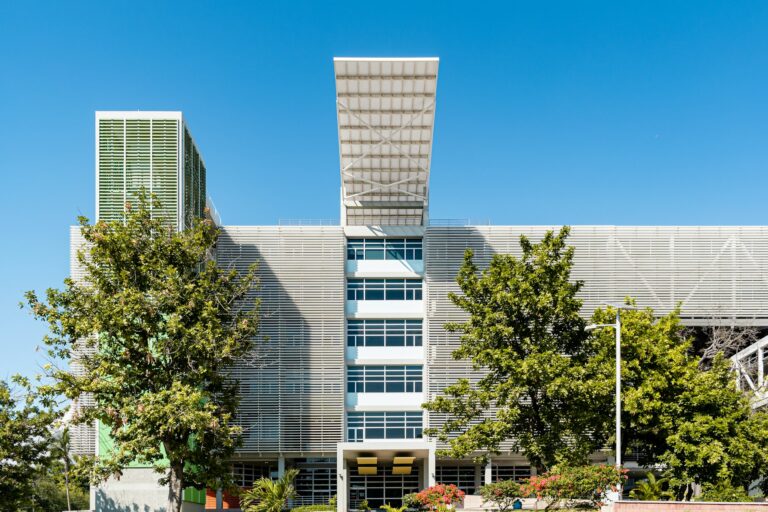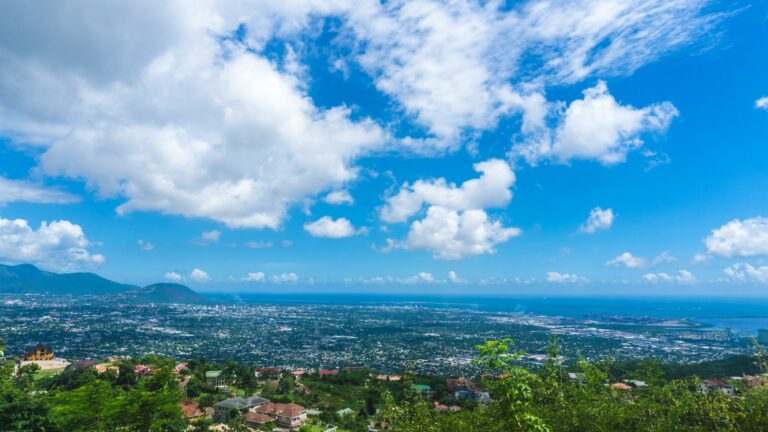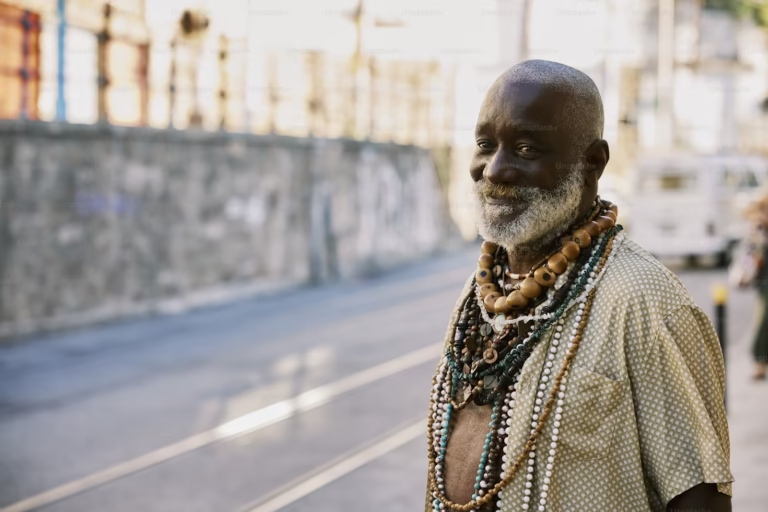Jamaica, known for its vibrant culture, stunning landscapes, and rich history, is also home to a robust higher education system. Whether you’re a local student planning your academic journey or an international student considering studying in Jamaica, the island offers a range of colleges and universities that provide high-quality education in various fields.
In this post, we’ll explore some of the top universities and colleges in Jamaica, highlighting their strengths, programs, and what makes them unique.
1. The University of the West Indies (UWI), Mona
Location: Kingston
Type: Public University
Founded: 1948
The University of the West Indies (UWI) Mona is the most prestigious and well-known university in Jamaica, recognized internationally for its research, academics, and contributions to the Caribbean region. UWI Mona is part of the broader UWI system, which has campuses in Trinidad & Tobago, Barbados, and other Caribbean territories.
Key Highlights:
- Offers undergraduate, graduate, and doctoral programs in fields such as medicine, law, engineering, social sciences, and humanities.
- Houses the UWI Faculty of Medical Sciences, which is one of the top medical schools in the Caribbean.
- Home to major research centers, including the Mona Geoinformatics Institute and the Caribbean Climate Innovation Center.
- Features a vibrant campus life with student organizations, sports, and cultural events.
2. University of Technology (UTech), Jamaica
Location: Kingston
Type: Public University
Founded: 1958
Formerly known as the College of Arts, Science and Technology (CAST), the University of Technology, Jamaica (UTech) is a leading institution focusing on applied learning and innovation.
Key Highlights:
- Strong emphasis on science, engineering, business, and information technology.
- The Joan Duncan School of Entrepreneurship, Ethics, and Leadership is renowned for its business programs.
- Home to the Caribbean School of Architecture, one of the top architecture programs in the region.
- Known for its contributions to sports science and athletics, with legendary Jamaican sprinter Usain Bolt as one of its most famous alumni.
3. Northern Caribbean University (NCU)
Location: Mandeville, Manchester
Type: Private University (Seventh-day Adventist)
Founded: 1907
NCU is a Christian-based institution with a strong reputation for academic excellence and moral leadership. It offers a mix of professional and liberal arts programs.
Key Highlights:
- Offers programs in health sciences, education, business, and theology.
- Has a thriving information technology program, with students excelling in global competitions.
- Focuses on ethical leadership and community service, aligned with Seventh-day Adventist values.
- A scenic campus located in the cool hills of Mandeville, providing a serene learning environment.
4. The Mico University College
Location: Kingston
Type: Public University College
Founded: 1836
As one of the oldest teacher training institutions in the Western Hemisphere, The Mico University College has a long-standing tradition of excellence in education.
Key Highlights:
- Specializes in teacher education, early childhood development, and special education.
- Offers programs in social sciences, business, and information technology.
- Strong focus on educational research and development.
- Graduates are highly regarded in Jamaica’s education system.
5. Edna Manley College of the Visual and Performing Arts
Location: Kingston
Type: Public College
Founded: 1950
For students interested in the creative arts, Edna Manley College is Jamaica’s premier institution for visual and performing arts education.
Key Highlights:
- Offers programs in fine arts, drama, dance, music, and arts education.
- Named after Edna Manley, a celebrated Jamaican artist and cultural icon.
- Home to an active arts community with performances, exhibitions, and collaborations with local and international artists.
- Students have opportunities to showcase their talent on national and global platforms.
6. Caribbean Maritime University (CMU)
Location: Kingston
Type: Public University
Founded: 1980
CMU is Jamaica’s leading institution for maritime, logistics, and transportation studies.
Key Highlights:
- Specializes in marine engineering, shipping, logistics, and supply chain management.
- Offers hands-on training with simulation labs and real-world maritime experience.
- Strong ties with the shipping industry, providing excellent job placement opportunities.
- Provides degrees in security studies, engineering, and port management.
7. University of the Commonwealth Caribbean (UCC)
Location: Kingston (with multiple campuses across Jamaica)
Type: Private University
Founded: 2004
UCC is one of Jamaica’s fastest-growing private universities, offering flexible study options for students, including online learning.
Key Highlights:
- Focuses on business administration, law, information technology, and finance.
- Accredited by international bodies and offers partnerships with overseas universities.
- Provides executive education and professional training programs.
- Ideal for working professionals seeking to advance their careers.
Conclusion: Choosing the Right Institution
Jamaica offers a diverse selection of colleges and universities, each catering to different fields of study and career aspirations. Whether you’re looking for a research-intensive university like UWI Mona, a technical and applied learning environment at UTech, or a specialized institution like Edna Manley College for the arts, there is a school for every student’s needs.
When choosing a university, consider factors such as accreditation, program offerings, campus environment, and career prospects. Many of Jamaica’s institutions have global partnerships, allowing students to gain international exposure while studying on the island.
Thinking of Studying in Jamaica?
If you’re considering higher education in Jamaica, explore your options, reach out to admissions offices, and take advantage of scholarships and financial aid opportunities. Jamaica’s universities are not just about academics—they offer a rich cultural experience, professional networking, and pathways to success in a dynamic Caribbean setting.
Have any questions about studying in Jamaica? Let us know in the comments below!
Further Reading
- 40 Facts About Jamaica: For Kids, Fun Facts About Jamaica, Sports, Nature, Food, Culture, Continent & More
- The Story of the Jamaican People
- The Mother of Us All: A History of Queen Nanny, Leader of the Windward Jamaican Maroons
- The Dead Yard: A Story of Modern Jamaica
One love One heart One people











